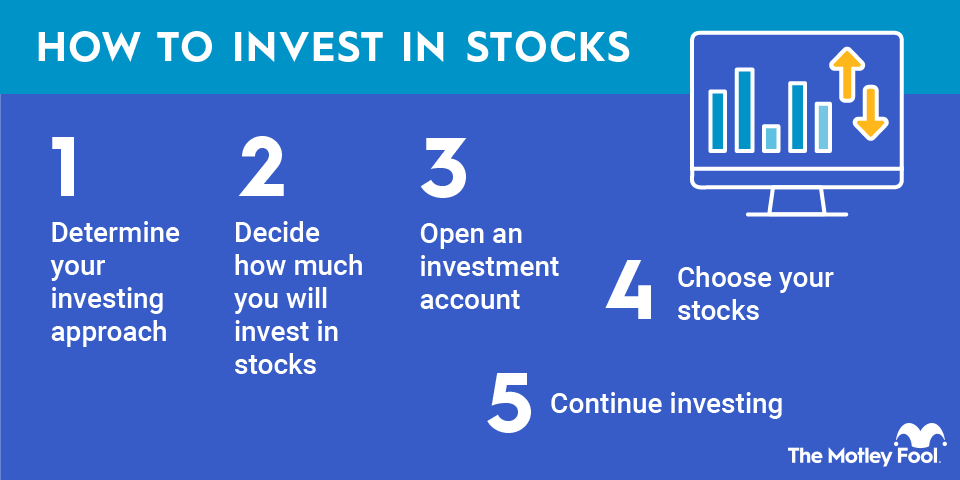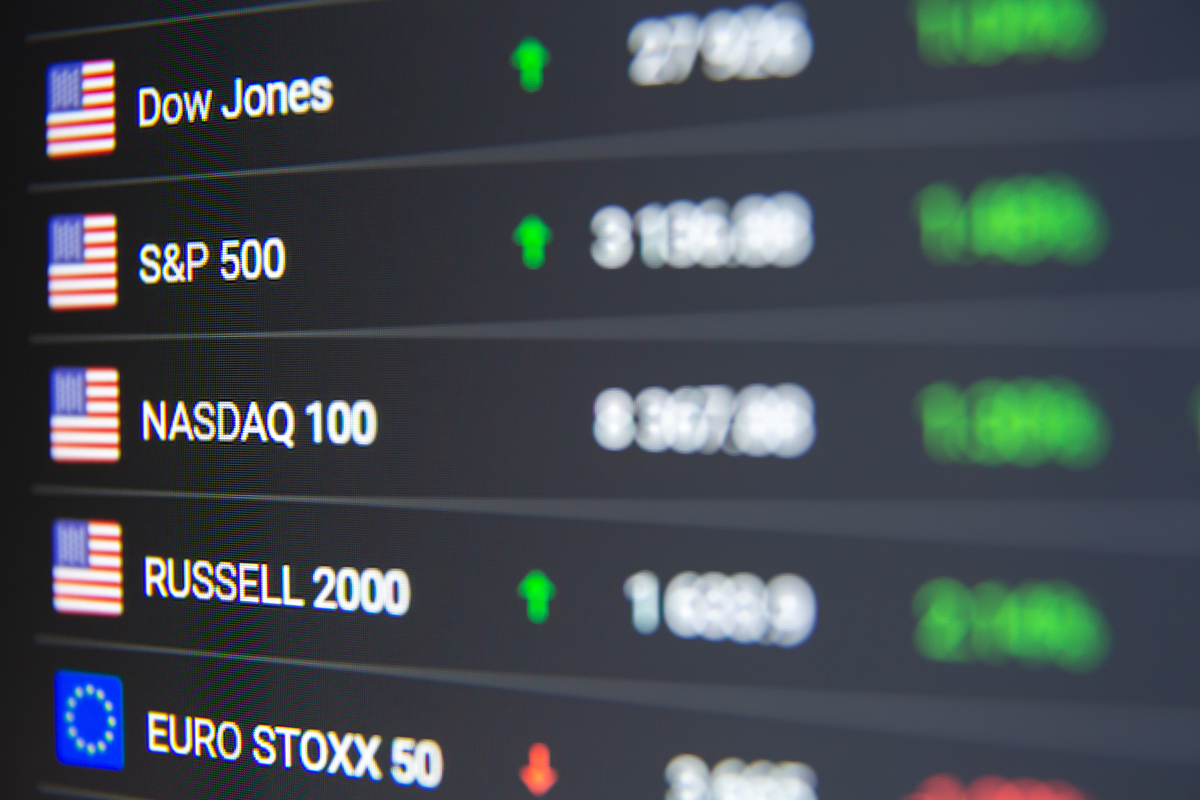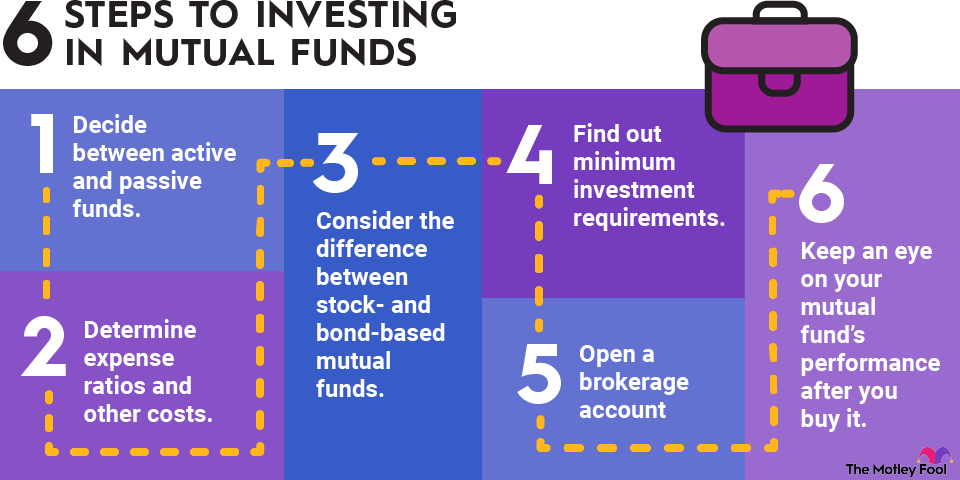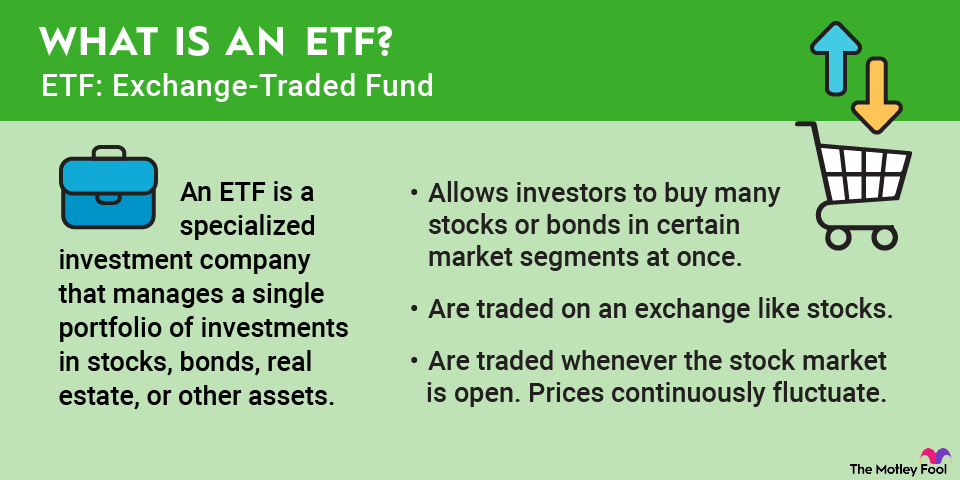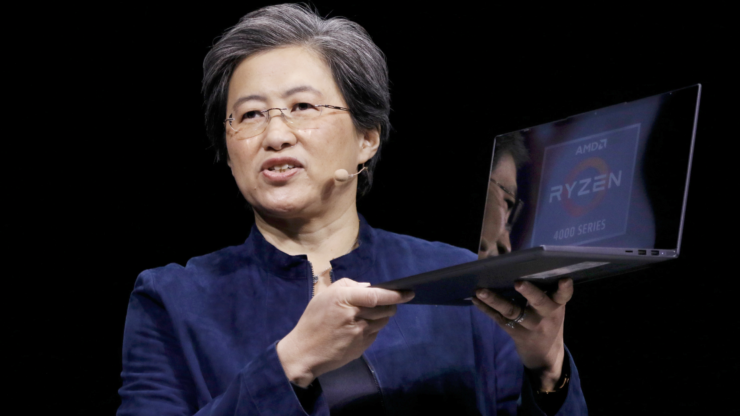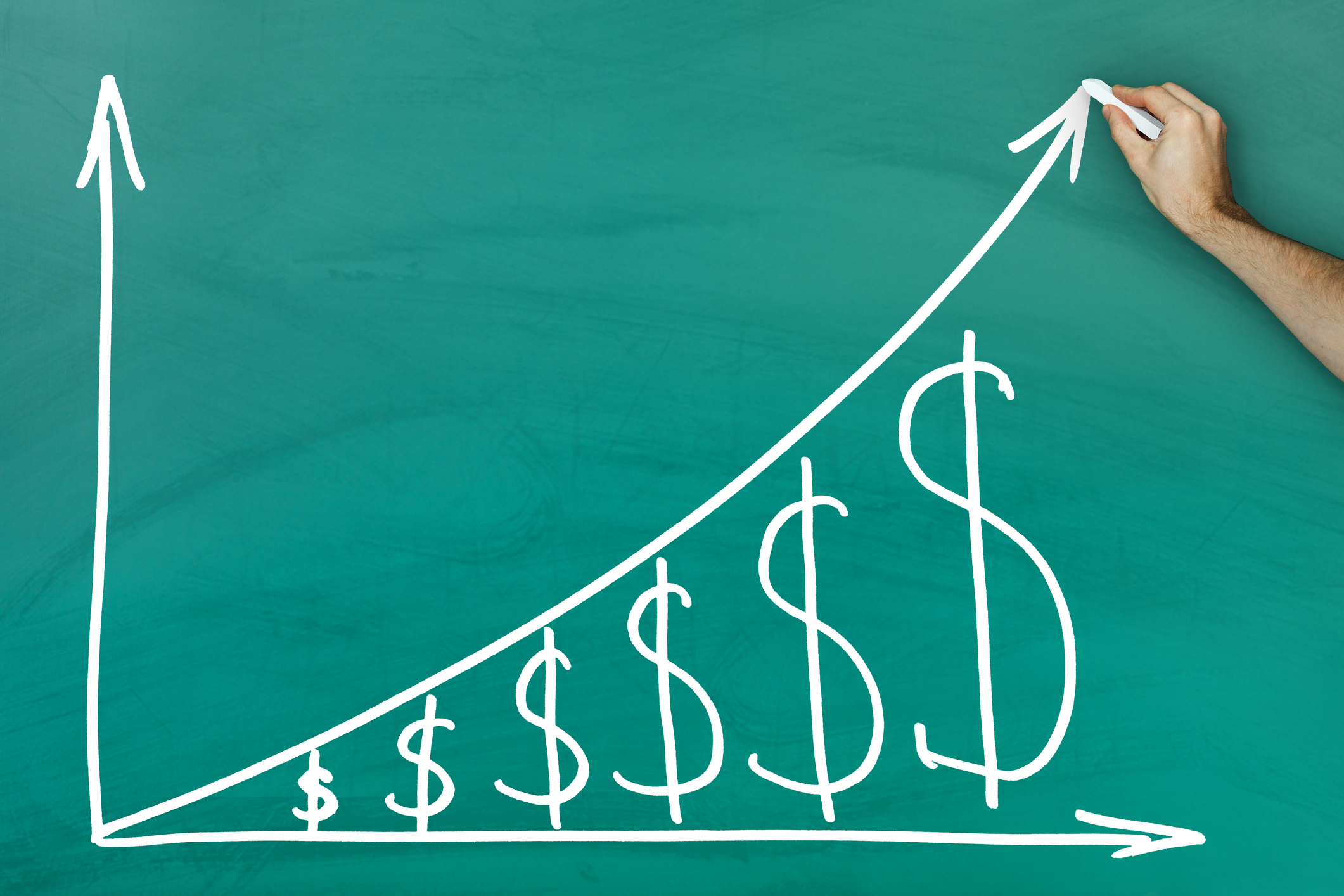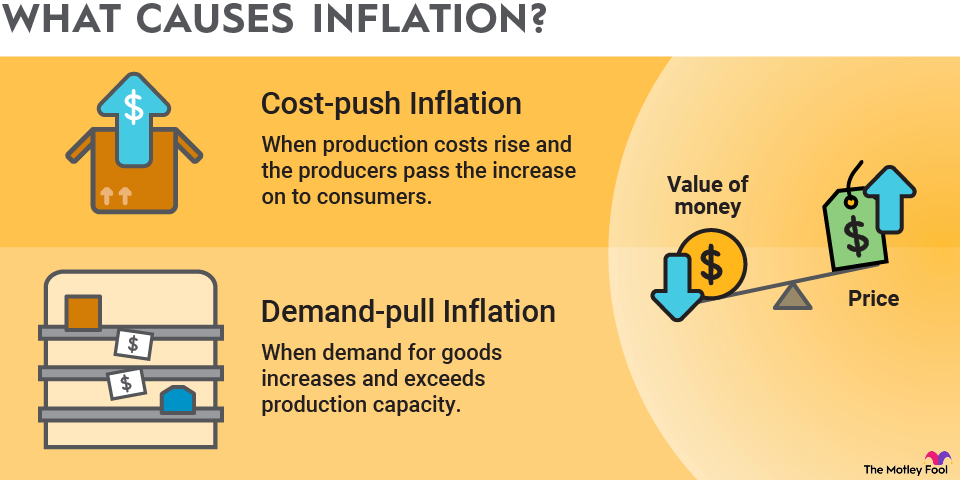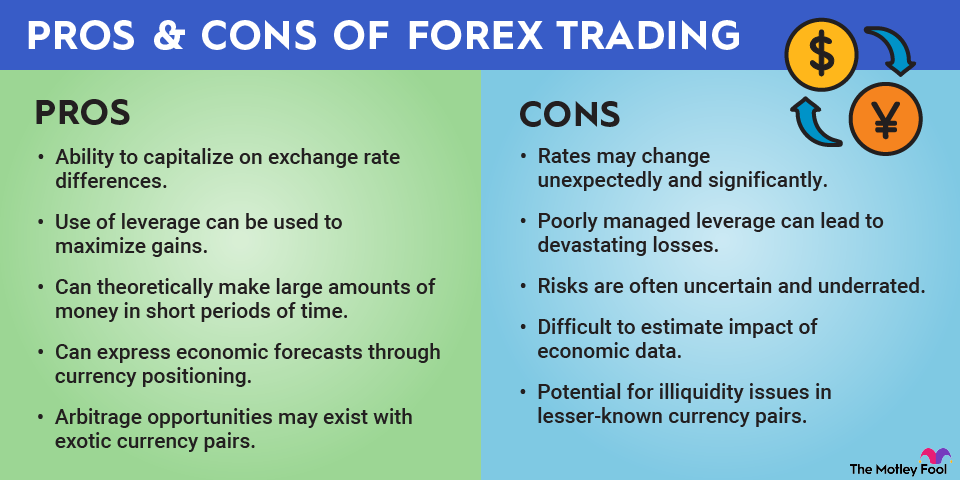The first-listed currency in a currency pair is also known as the "base currency," while the second currency is termed the "quote currency," or the "price currency." The listed price represents how much of the quote currency is needed to purchase one unit of the base currency. As an example, the current EUR/USD quote is 1.06, meaning 1.06 USD is needed to purchase one EUR.
The "spot market" is another way of saying the "current exchange rate market." Currency pair prices listed at spot are those that can be settled immediately and at current exchange rates. The idea is that two traders can move their currency right now; there's no need to wait a specified period of time during which rates might fluctuate in either direction.
The "forward market" in the forex world allows traders to lock in a particular exchange rate to buy or sell a specific currency at a certain point in the future. Forwards can be standardized to accommodate different trade sizes and are typically used as a hedging tool to protect against large swings in exchange rates over the life of the forward contract.
The "futures market" in currency trading is similar to the forward market, but contracts are standardized and are traded on an exchange. While forward currency contracts settle at a mutually-agreed upon time, futures contracts are marked-to-market on a daily basis. Futures contracts are also commonly used as a hedging tool against fluctuating exchange rates.
